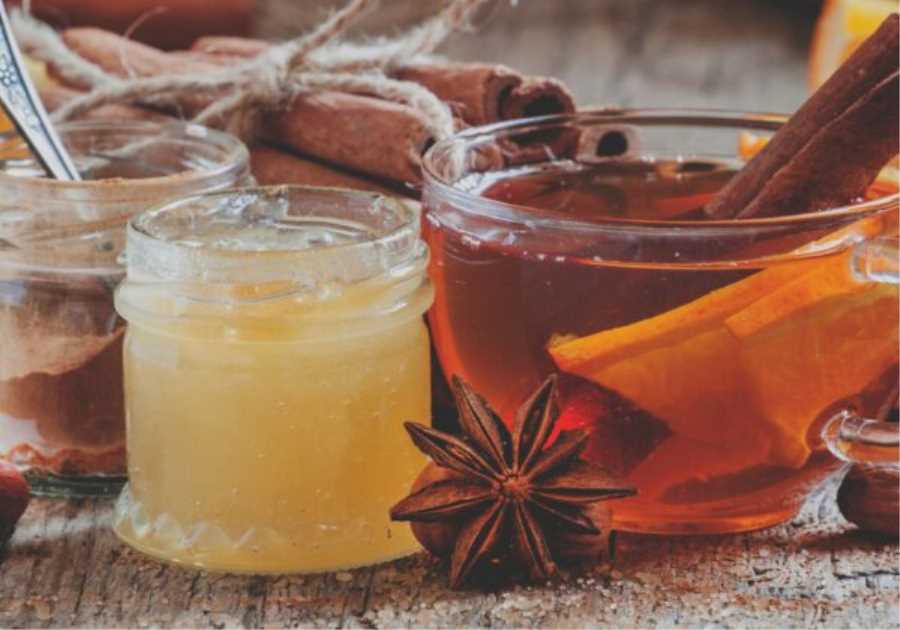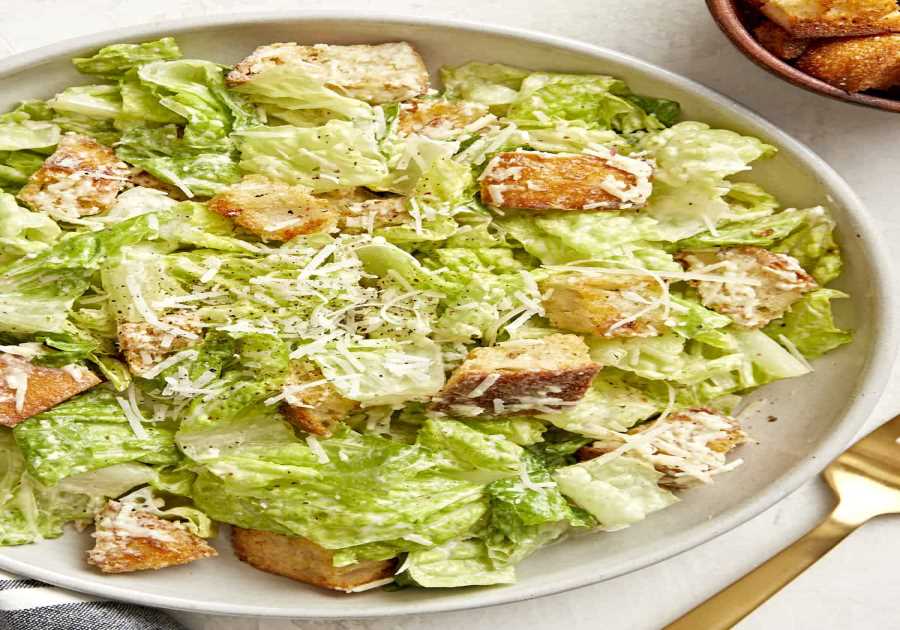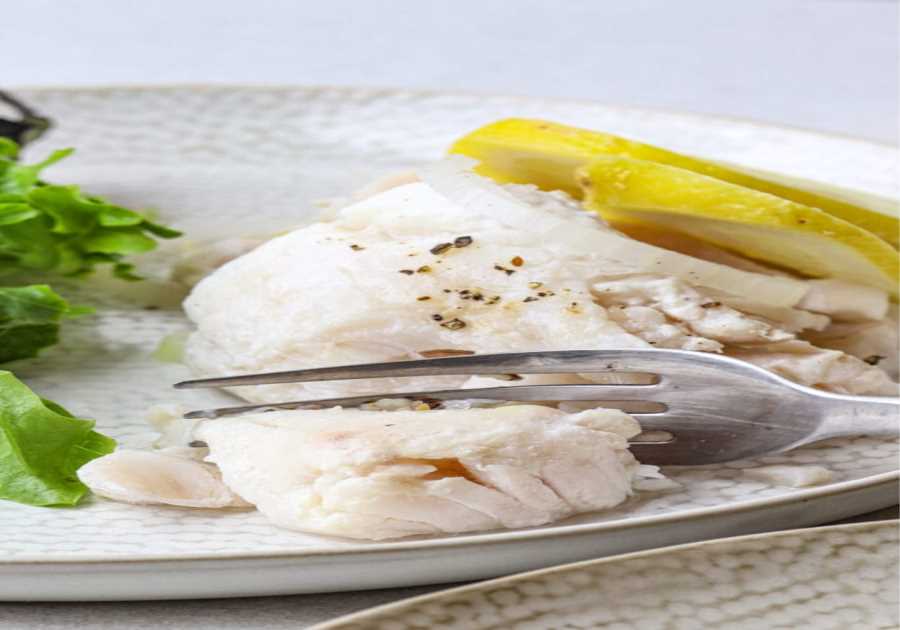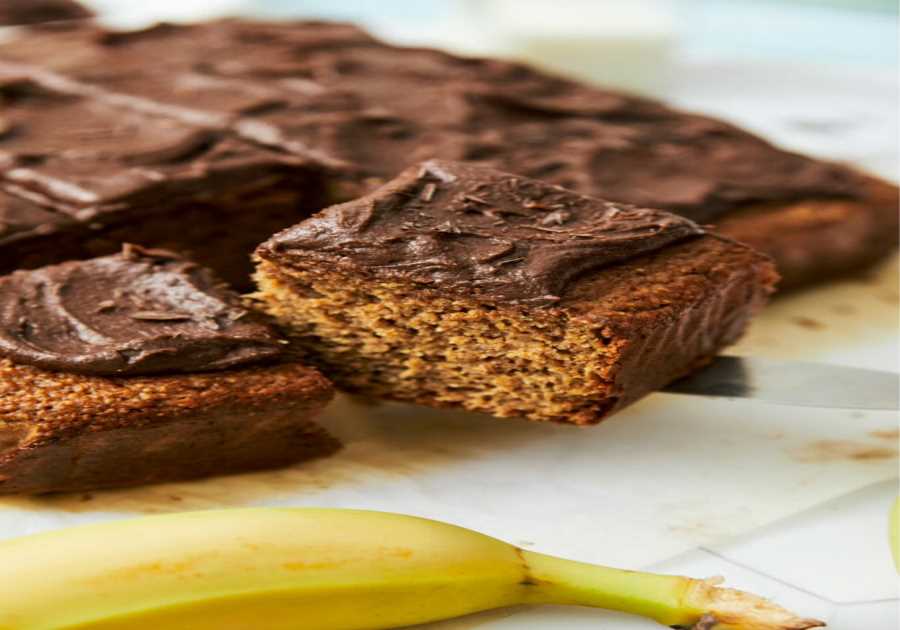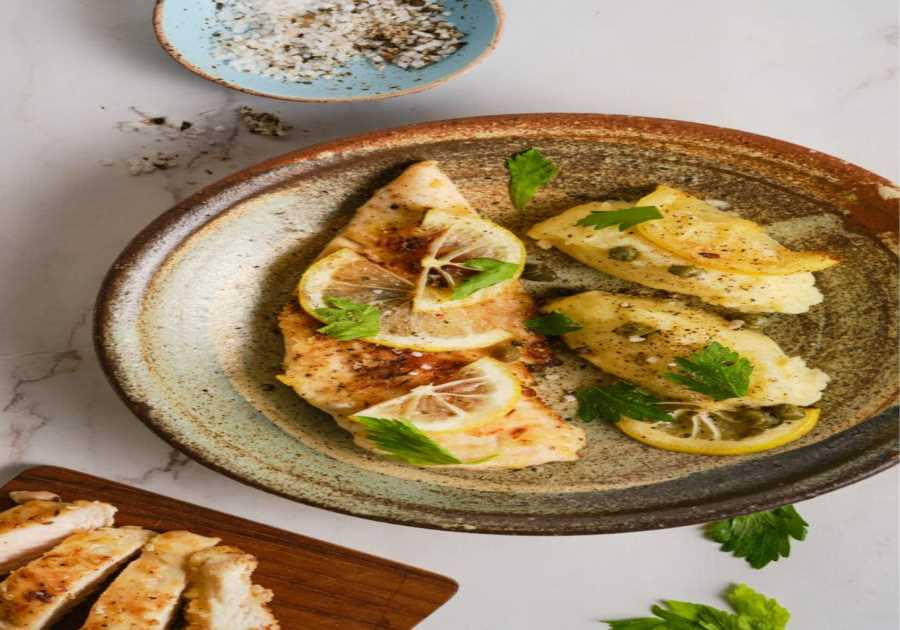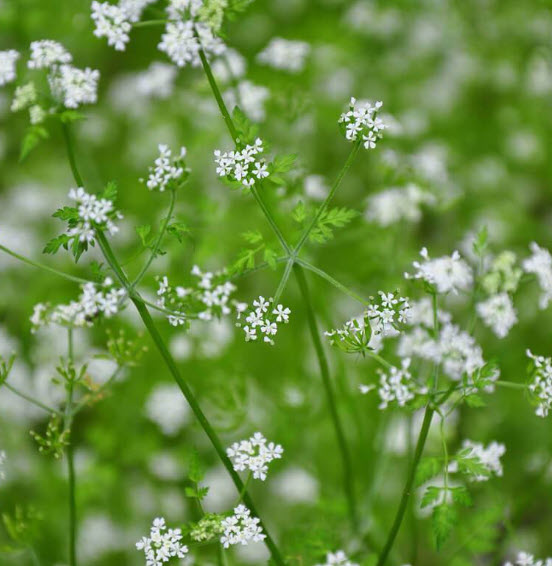
What is Chervil?
Chervil, known as Anthriscus cerefolium, is a member of the Apiaceae family which also includes anise, carrot and celery. It has been used as an aphrodisiac since ancient times in Asia and Europe. With its sweet flavor and subtle aroma, it's been regarded as an effective stimulant for sexual desire, with its properties having the ability to increase libido.
Health Benefits of Chervil
Chervil contains a multitude of beneficial compounds like potassium, magnesium, zinc, iron, sodium and phosphorus that are important for proper body functioning and delivering essential nutrients to vital organs. In addition to its aphrodisiac qualities, chervil can have numerous other health benefits such as improving digestion by reducing bloating and stomach discomfort while aiding in liver detoxification. Moreover, studies have shown that it may help lower cholesterol levels thanks to its abundance of dietary fibers. These fibers possess the ability to prevent the absorption of fats or excess food particles in the intestine which is then swept away naturally through regular bowel movements.
How Can I Use Chervil as an Aphrodisiac?
For those looking to incorporate this culinary herb into their diet with aphrodisiac purposes in mind--whether they be men or women-- it can be cooked fresh or dried into either spicy sauces or salads. It can also be incorporated into drinks such as smoothies with spices like cardamom or ginger for an extra kick! Furthermore, practice mindfulness when consuming these blends as calmness and relaxation are key for sexual arousal.
Chervil is an aphrodisiac
The ancient Greeks and Romans cultivated chervil for its aphrodisiac qualities. Some of these ancient people even used chervil as a dietary supplement. Pliny, the Roman historian, mentions chervil as an aphrodisiac and states that legions left herb gardens along their routes.
The herb is a popular seasoning in French cooking and is often used in salads. It has a very subtle and delicate flavor, similar to liquorice. It is also a good ingredient for omelets. The herb is also a great way to freshen your breath. In earlier days, chewing parsley leaves was a way to have fresh-smelling breath. It was also thought that chewing the parsley leaves created the right conditions for an amorous action.
Chervil is a skin tonic
Chervil has a similar aroma and flavor to that of myrrh and is an herbal remedy used for skin ailments. It is also linked to the celebration of Easter in many parts of Europe. A traditional chervil soup is served on Holy Thursday. Herbalists have long used chervil as a diuretic and skin tonic. It is also helpful for treating chronic eczema and soothes upset stomachs. It is low in sugar and saturated fat.
Chervil is a powerful herb with many benefits for skin health. It is high in antioxidants and vitamins, and it helps to keep skin smooth and clear. It can help fight inflammation and improve skin texture. It is also rich in vitamins A and B6, C, and contains significant amounts of beta-carotene. It is a good source of protein, too. 100 grams of chervil have 230 calories. Chervil is a biennial plant and grows well in most climates, though it is not frost-resistant and is only hardy to zone seven.
Chervil is a spring herb
Chervil is a herb that signals spring, vibrant and verdant. In hues of light green flecked with lace-like leaves, it cleanses the palate for further study. Slight anise-licorice flavor enhances vegetable dishes, egg dishes, sauces, creamy soups and other subtle combinations.
Chervil is a fragrant, aromatic herb that is native to the Caucasus region. It is now widely used in cooking, and its culinary uses have been around for centuries. During the 17th century, herbalist Nicholas Culpeper wrote about the medicinal qualities of chervil. It was widely cultivated in the late 1500s and is a popular herb in France.
To enjoy the flavor of chervil in your cooking, you need to harvest it when its leaves are young and tender. Once they have fully grown, they will develop a purple hue and lose their zesty flavor. Though they will still be attractive to the eye, they are not as good to eat. Chervil is best harvested in the spring and summer months. You can buy it fresh or dry it. However, you should know that chervil's flavor diminishes when it is cooked. You can purchase dried chervil or buy it in a grocery store. Chervil is not available in most grocery stores; you can buy it only in some gourmet stores. You can also find it at supermarkets, packaged in different ways. When shopping for fresh herbs, look for vibrant color, and avoid those with limp or black leaves.
Chervil is a seasoning ingredient
Chervil is best used as a finishing touch and only added at the end of cooking. This herb is especially useful in poultry and egg dishes. It is also a good addition to salads. You can also use chervil in sauces. You can find fresh chervil in specialty markets and farmer's markets. When purchasing fresh chervil, make sure it has a clean smell and color. Avoid using wilted flowers and blossoms; these have a bitter taste. You can also buy dried chervil in the spice aisle.
Although chervil is not commonly found in supermarkets, it can be easily substituted for six other products. These six substitutes are both mild and flavorful. They will give you the same taste and aroma but in a different way. The most important thing to remember when using chervil is to not overdo it. Using it too much will kill the flavor. You can also use a tincture or extract of chervil as a digestive aid. You can also make parsley tea with chervil.
Frequently Asked Questions
What plant helps with infection?
There are plants out there that help fight infections. Some even contain anti-bacterial properties. One of them is mint.
Mint has been used for centuries to treat respiratory infections such as cold symptoms and flu. Mint also supports digestion and relieves gas pains. You may find relief with peppermint tea if you have an upset stomach. Peppermint oil has antibacterial properties, which make it effective against germs.
Peppermint tea contains menthol, beta-carotene, vitamin C, calcium, magnesium, iron, and potassium. These nutrients support healthy immune systems and provide energy to keep your body strong.
You can make peppermint tea at home by adding one teaspoon of dried mint leaves to boiling water. Let steep for five minutes and drink hot three times per day.
Or you can buy peppermint tea bags at any grocery store. Simply add two teaspoons of dried mint leaves to a cup of hot water. Steep for 10 minutes and strain. Drink hot three times per day for best results.
What is the difference between herbs and spices?
Herbs are used for cooking, and spices are used for seasoning.
Herbs have more intense flavors and can be used to cook dishes, while spices can bring out the flavor of foods without altering the taste.
Spices can also be added to food during preparation, such as curry. Spices may be bought individually, or whole packages may be purchased. There are many spices, including black pepper, cayenne pepper, cinnamon, cloves, coriander, garlic, ginger, nutmeg, oregano, paprika, parsley, rosemary, sage, salt, thyme, turmeric, vanilla extract, etc.
The best way to ensure that you are selecting the right spice for your dish is to read the label carefully. If there is an ingredient list, look for "spice" among the ingredients. A common mistake cooks make is buying too much of a particular spice because they do not realize how little they need.
There are a few basic rules to follow when choosing which herb or spice to use. For example, most herbs are fresh, whereas spices tend to last longer. Also, herbs are generally found in small quantities, while spices come in larger containers. Finally, most herbs are usually sold loose (or ground), while spices are packaged in jars or cans.
As long as you are careful to select the correct herbs or spices, you will find that adding them to recipes makes preparing meals easier. After all, spices add flavor to various dishes, while herbs can help improve the appearance and aroma of food.
Is eating raw basil good for you?
I'm sure everyone knows that fresh herbs are great for cooking but did you know that you could eat them too? Raw, uncooked herbs are packed full of nutrients and vitamins that we normally have to cook.
They contain more antioxidants than any fruit or vegetable. And they also help our immune systems stay strong and healthy.
The best way to enjoy these delicious little green gems is to eat them raw from the garden. But there's nothing wrong with enjoying them cooked, either. They taste even better when sautéed in olive oil and served alongside pasta or rice.
There are lots of ways to incorporate raw herbs into recipes. Add them to salads, soups, sandwiches, wraps, omelets, stir-fries, and pesto.
Just make sure you wash them well first!
What are the disadvantages of using herbs?
Herbs are a great way to keep your body healthy because they contain vitamins, minerals, antioxidants, enzymes, amino acids, phytonutrients, polyphenols, flavonoids, terpenes, essential oils, carotenoids, sterols, and sterolins. Some even contain cannabinoids.
But there are also lots of side effects associated with herbal remedies. For example, taking too much herb could cause liver damage or even death. Herbal supplements may interact with prescription drugs, which means that they might affect how well the drug works.
Some herbs can interfere with blood clotting, while others may increase bleeding when taken with anticoagulants (blood thinners).
There are also safety concerns for pregnant women and children.
The bottom line is that herbs aren't safe for everyone. If you're considering trying them out, do your homework. Look up each product's side effects and warnings and read reviews online.
Is it okay to use dried herbs instead of fresh ones?
It is best to pick up fresh herbs whenever possible when using herbs.
Although dried herbs are convenient, they don’t provide the same benefits as fresh herbs.
Fresh herbs contain essential oils that give your food a unique flavor. These oils help preserve the nutrients within the herb.
Dried herbs lose all their flavor after drying, so they cannot replace fresh herbs.
You should only use dried herbs if you absolutely must. Otherwise, you should get your fresh herbs from the market.
What are healing flowers?
Healing flowers are plants that promote peace and tranquillity. They help us unwind after a stressful day and make us feel more relaxed.
They also help us connect to our inner selves and reconnect with nature.
These beautiful blooms are used for meditation, prayer, and contemplation.
We call hundreds of varieties of flowering plants ‘healing’ because they provide such a fantastic experience.
This list includes roses, lilies, irises, daffodils, peonies, tulips, hyacinths, and many more.
But there are two species that I find particularly special. These are the Geranium and Lilium.
Geraniums are very easy to grow and come in various colors. Liliums are also known as lily-of-the-valley, which means 'lily' and 'valley.' Both of these species are popular garden flowers.
Healing flowers are often found growing near water. They are said to bring peace and calmness to those who meditate with them.
In ancient times, people would light candles in flower petals to symbolize the sun. This way, they could honor the sun without needing to go outdoors.
Some say that when you look at these flowers, you may see angels dancing.
Statistics
- Herbs are among the most popular and widely used medicinal remedies. According to a survey conducted by the National Institutes of Health, herbs were used by over 38% of adults in the United States.
- For those with high cholesterol, garlic supplementation appears to reduce total and/or LDL cholesterol by about 10-15% (72Trusted Source73Trusted (healthline.com)
External Links
mskcc.org
- Ashwagandha | Memorial Sloan Kettering Cancer Center
- Grape Seed | Memorial Sloan Kettering Cancer Center
amazon.com
en.wikipedia.org
ncbi.nlm.nih.gov
- Antioxidant capacity of 26 spice extracts and characterization of their phenolic constituents - PubMed
- Cinnamon: A Multifaceted Medicinal Plant - PMC
How To
How do I know if my herbs have been treated with pesticides?
If you see a pesticide label on your herbs, the plants were sprayed with chemicals before being sold to you.
These chemicals harm human health and could cause cancer or other serious illnesses.
Unfortunately, this practice has become common around the globe. Many countries allow farmers to spray their crops with pesticides without proper regulation.
In order not to harm themselves, consumers should always ask about the source of their produce. If it comes from a farmer near you, it’s safe to assume it was not treated with pesticides.
However, there are still ways to ensure that your herbs are free from harmful chemicals.
However, if you want to ensure that your herbs aren’t contaminated, you can purchase organic herbs directly from the farm.
This way, you won’t need to worry about the safety of your herbs. You can trust that they weren’t exposed to harmful chemicals.
Did you miss our previous article...
https://belovedsaffron.com/herbs/a-biopsy-definition-can-help-you-decide-if-a-medical-procedure-is-right-for-you
.png)
